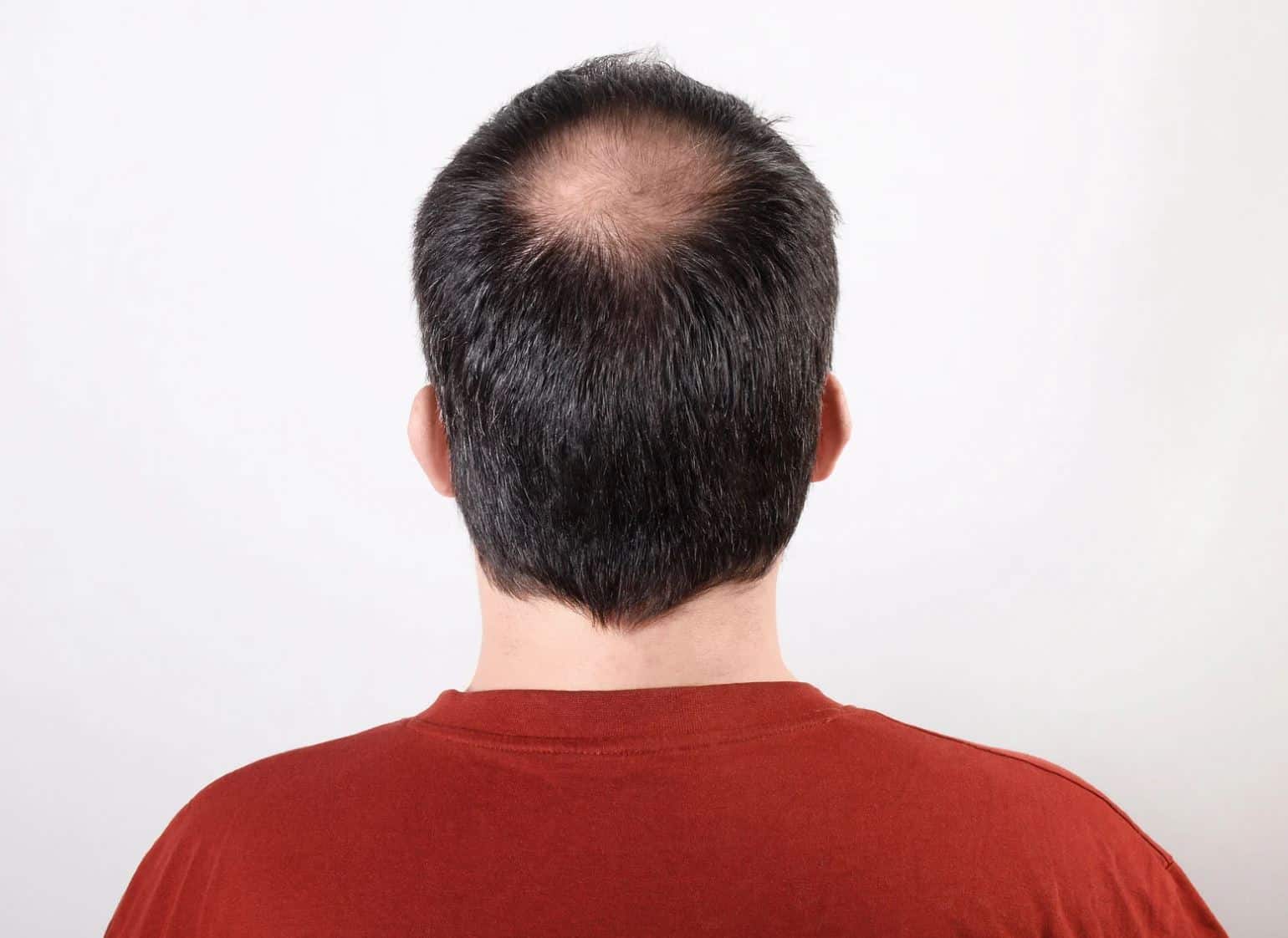According to the American Hair Loss Association, about 85% of men will be affected by male pattern baldness by the age of fifty. Experiencing hair loss especially at a relatively young age can be a painful process. Men who experience hair loss are unhappy about it and would do anything to change it. That’s because hair loss affects their self-esteem and even results in a lack of self-worth.
Similarly, the incidence of Female Pattern Alopecia (FPA) is greater than most people realize. Findings show that female pattern alopecia is as high as 30% in females over 30 years of age. Others have reported even higher incidences when women are carefully examined.
Thankfully, if hair loss is detected early on, treatment can begin promptly and prevent the condition from worsening. Early treatment can also reduce the need for drastic, invasive or surgical hair restoration treatments later on. The early management of hair loss usually involves the use of FDA-approved medication such as Finasteride, also known as Propecia, and Minoxidil, also known as Rogaine.
Finasteride or Propecia for Hair Loss
Finasteride, also known as Propecia, is one of the two medications clinically proven to treat hair loss in men.
This medication stops the conversion of testosterone to dihydrotestosterone (DHT), the hormone that shrinks hair follicles and shortens their cycle, causing hair to grow thinner and more brittle leading to hair loss. A milligram dose of Propecia decreases DHT levels by 60% when taken daily.
Propecia has shown impressive effects in both stopping or slowing further hair loss, as well as producing re-growth. The effects are greatest on the crown however it also has beneficial effects in the frontal area as well.
Additionally, to reduce potential side effects, two new approaches have been developed:
Low Dose Propecia: 1mg only 3 times a week instead of 7 times, found to be almost as effective as oral treatment with less complaints of side effects.
Topical Propecia: Finasteride applied on the skin reported to have fewer side effects.
If you’re interested in knowing more about Finasteride or in need of medical advice for your hair loss problem, don’t hesitate to contact us.
Minoxidil or Rogaine for Hair Loss
Rogaine is an FDA-approved medication for hair loss. Its active ingredient is minoxidil. Usually, Rogaine is prescribed in the form of a foam or liquid that is applied to the scalp once or twice daily. With regular use, Rogaine can slow down further hair loss and help patients keep more of their existing hair.
Minoxidil is also prescribed to treat female pattern hair loss. Unlike Rogaine, Propecia is not FDA approved for use in women and is actually contraindicated in women of the child-bearing age because of possible birth abnormalities that could occur to the fetus.
Rogaine works by dilating blood vessels that nourish hair follicles in the scalp, directly counteracting the follicle-shrinking effects of DHT. Rogaine will not completely stop hair loss, however, and hair growth will continue to decrease, albeit at a much slower rate. A treatment plan consisting of both Rogaine and Propecia can be used for extra effect.
Takeaway
Interested in less invasive hair loss treatment? Schedule your consultation with us today. Shapiro Medical Group meets the needs of patients in and around Minneapolis, including Saint Paul, Lakeville, St. Cloud and the surrounding areas.



